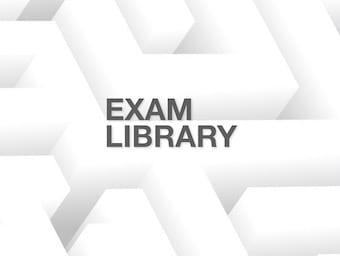
Tintinalli Resus MCQs
Tintinalli Resus multiple choice questions MCQs for ACEM Fellowship

Tintinalli Resus multiple choice questions MCQs for ACEM Fellowship

Tintinalli Respiratory multiple choice questions MCQs for ACEM Fellowship

Tintinalli Renal multiple choice questions MCQs for ACEM Fellowship

Tintinalli Plastics multiple choice questions MCQs for ACEM Fellowship

Tintinalli Obstetrics Gynaecology multiple choice questions MCQs for ACEM Fellowship

Tintinalli Infectious Diseases multiple choice questions MCQs for ACEM Fellowship

Tintinalli Gastroenterology multiple choice questions MCQs for ACEM Fellowship

Tintinalli Disaster MCQs for ACEM Fellowship

The decision to stop CPR should be tailored according to the specifics of the individual case and is based on clinical judgement. The decision is best made by the Team Leader in consultation with other team members

Therapeutic hypothermia (T33°C) after return of spontaneous circulation (ROSC) was not found to confer benefit compared to normothermia (T36°C) in the TTM trial

Tintinalli Cardiovascular multiple choice questions MCQs for ACEM Fellowship

Tintinalli Anesthetic MCQs for ACEM Fellowship